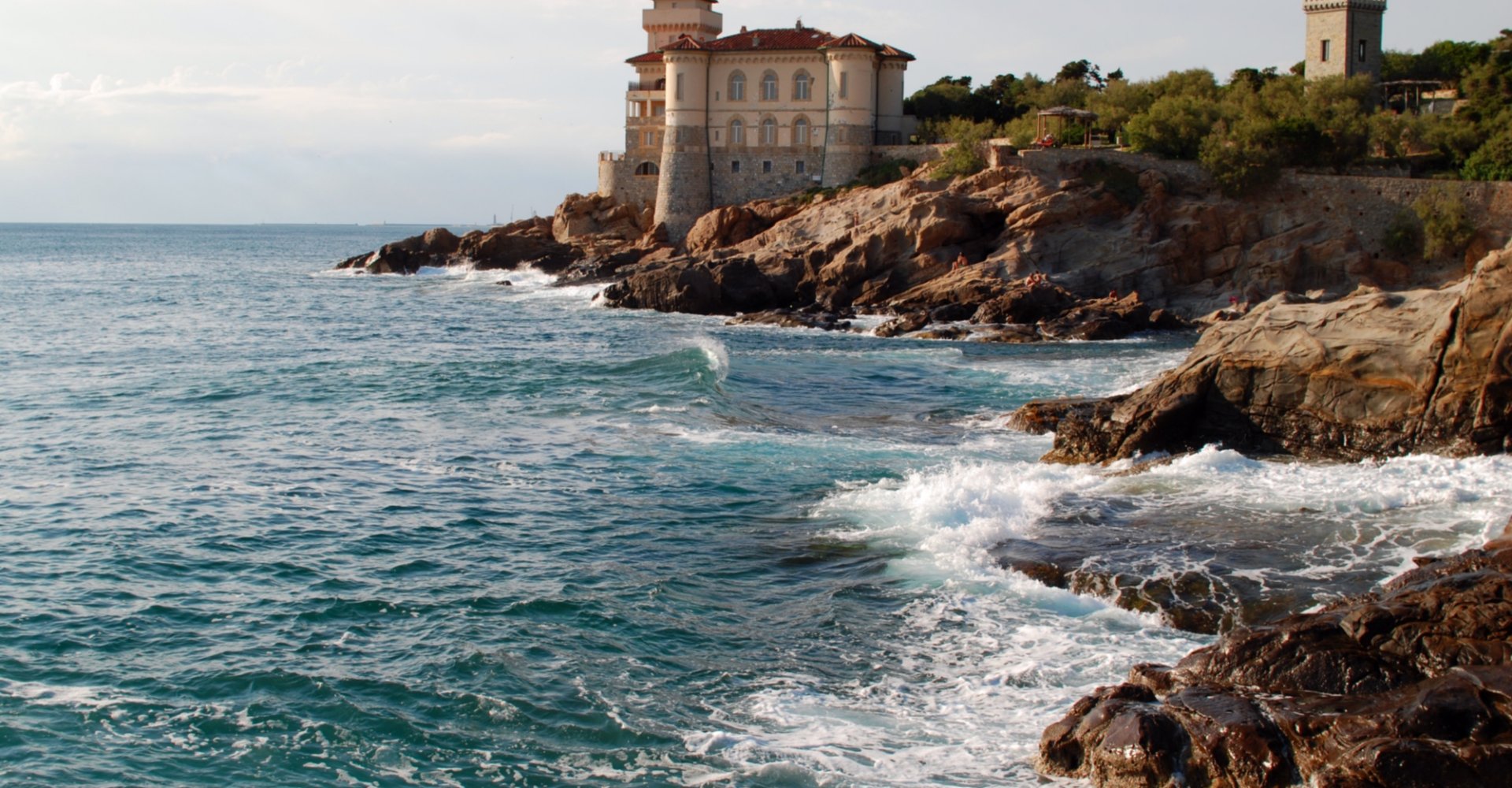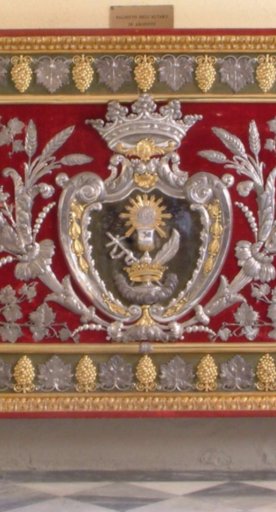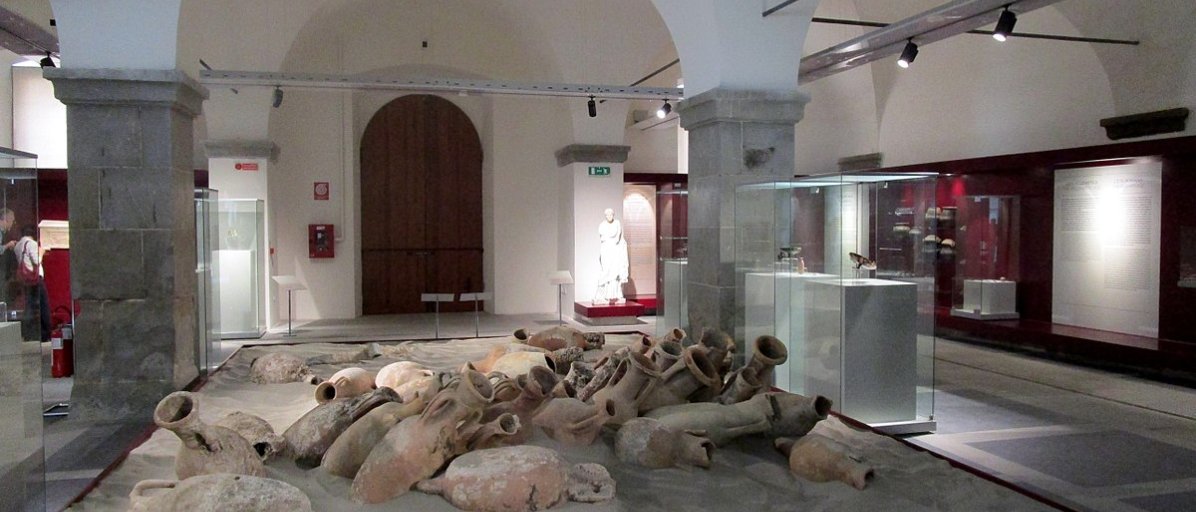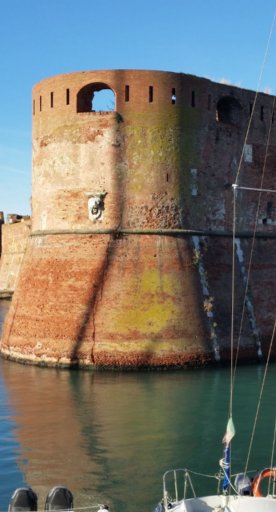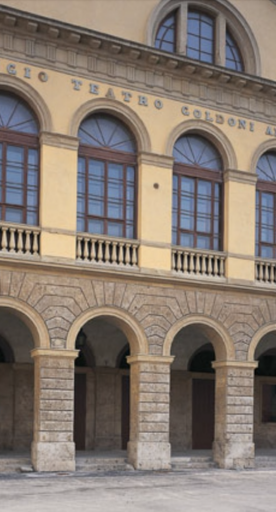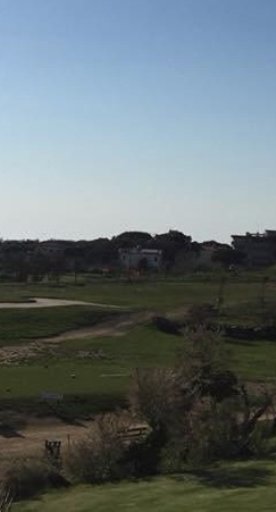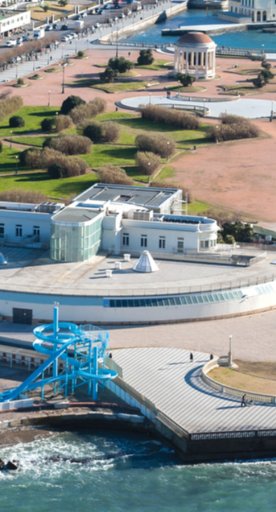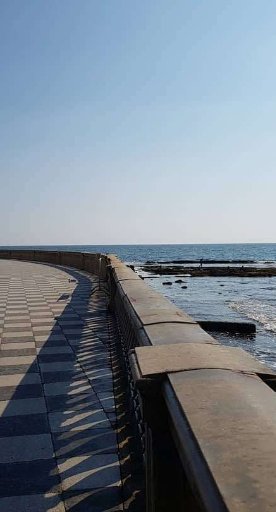Calafuria Nature Reserve
nature
Naturalistic attractions
An oasis overlooking the sea a few kilometers from Livorno
The Calafuria Nature Reserve, a few kilometers from Livorno, extends over 116 hectares in the western part of the Livorno Mountains, encompassing the entire promontory of Calafuria and extending inland to include the entire forest named after the promontory. At an altitude of 246 meters, Montaccio Hill is the highest point.
The scenic beauty of the Reserve is provided by the uninhabited, forest-covered hills of the hinterland that slope gently down to the sea and the special features of the coastal strip. The vegetation consists of Mediterranean scrub with a prevalence of aromatic plants, shrubs and small trees and a widespread presence of tall trees: holm oaks, Aleppo pines and maritime pines.
The warbler, blue rock trush and red-rumped swallow nest here, but you can also spot the song thrush and the European shag, as well as numerous mammals, such as porcupine, fox and wild boar.
The warbler, blue rock trush and red-rumped swallow nest here, but you can also spot the song thrush and the European shag, as well as numerous mammals, such as porcupine, fox and wild boar.
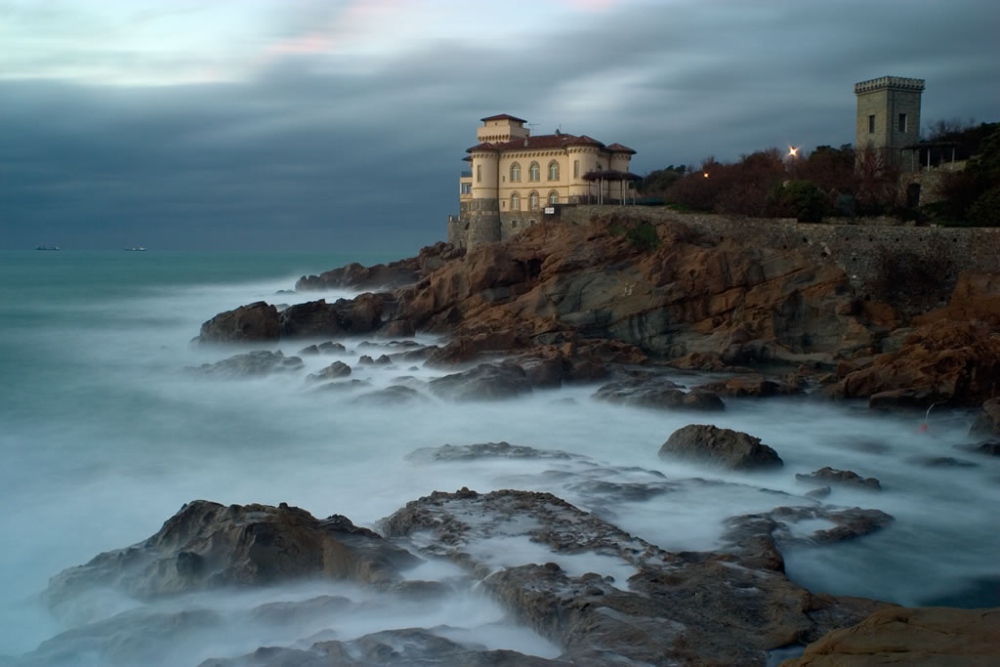
The cliffs of Calafuria
From a historical point of view, the area, which was most inhabited in ancient times, as evidenced by the findings of prehistoric stations dating from Paleolithic times, was later not urbanized because it was difficult to access. The strategic importance of the promontory of Calafuria in the grand ducal defense system is evidenced by the Boccale Tower and the Calafuria Tower, built in the 16th century by the Medici to defend the coast from the Barbary pirates.
More attractions in Livorno
